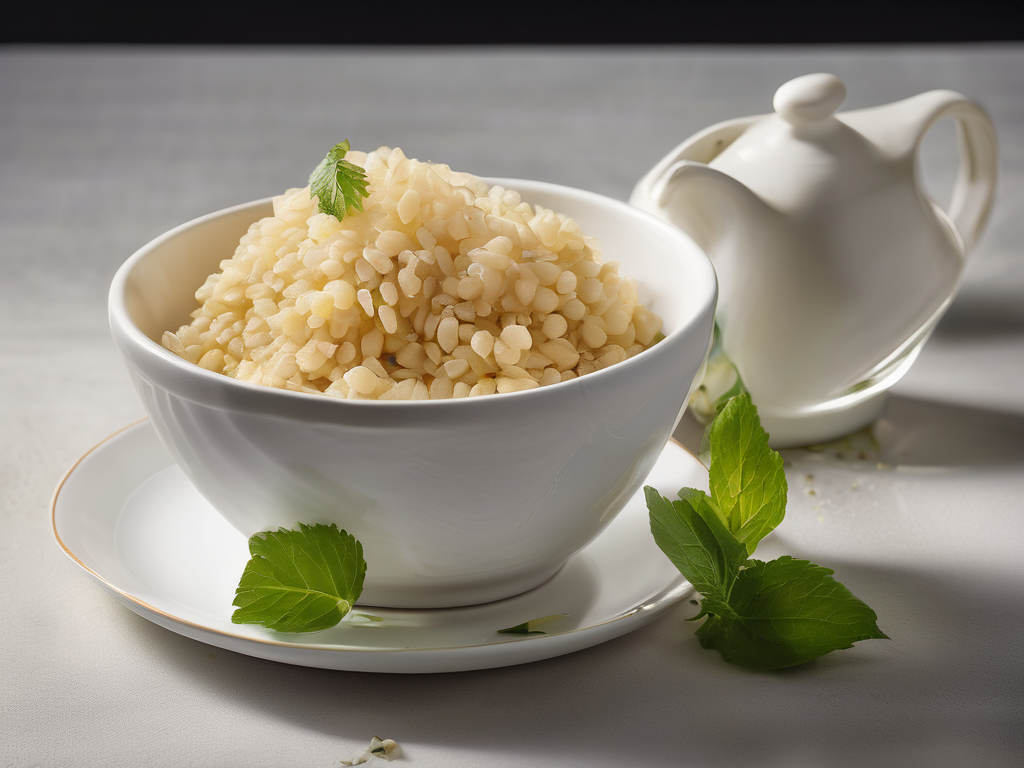
Is Your Linden Going Bad? How to Tell and Ensure Food Safety
Get Your Free Food Safety Cheat Sheet
30 most common foods with instant answers. Print it and stick it on your fridge—completely free!
Is Your Linden Going Bad? How to Tell and Ensure Food Safety
Linden is a popular and versatile ingredient in many dishes, known for its unique flavor and aroma. However, like all food items, linden can go bad if not stored or handled properly. In this blog post, we will explore how to tell if your linden has gone bad and provide practical tips to ensure food safety. (Linden)
Understanding Linden and Its Shelf Life
Before discussing how to tell if linden has gone bad, it's essential to understand the shelf life of this ingredient. Linden is a delicate herb that can lose its flavor and potency over time if not stored correctly. The shelf life of linden can vary depending on factors such as storage conditions, packaging, and exposure to light and moisture.
Factors Affecting the Shelf Life of Linden
-
Storage Conditions: Proper storage is crucial to extending the shelf life of linden. Storing linden in a cool, dry place away from direct sunlight can help preserve its flavor and aroma.
-
Packaging: The packaging of linden can also impact its shelf life. Airtight containers or sealed bags can help prevent moisture and air from affecting the quality of the herb.
-
Exposure to Light: Light exposure can cause linden to degrade faster. It is best to store linden in a dark pantry or cabinet to protect it from light.
-
Moisture: Moisture can lead to mold growth and spoilage of linden. Ensure that the herb is stored in a dry environment to prevent moisture buildup.
How to Tell If Linden Has Gone Bad
Now that we have covered the factors that can affect the shelf life of linden, let's discuss how to tell if this herb has gone bad. Here are some signs that indicate your linden may be past its prime:
Visual Signs of Spoilage
-
Discoloration: If you notice any dark spots, mold, or discoloration on the linden leaves, it is a clear indication that the herb has gone bad.
-
Texture Changes: Spoiled linden may become mushy, slimy, or wilted. Check the texture of the leaves to see if they have deteriorated.
Aromatic Changes
- Loss of Aroma: Fresh linden has a distinct, pleasant aroma. If the herb has lost its fragrance or smells musty or rancid, it is likely spoiled.
Taste Test
- Off Flavors: If the linden tastes bitter, sour, or off in any way, it is best to discard it to avoid any potential foodborne illnesses.
Storage Conditions
- Expiration Date: Check the expiration date on the packaging of the linden. If it has passed the recommended shelf life, it is better to err on the side of caution and replace it with a fresh batch.
Ensuring Food Safety with Linden
To ensure food safety when using linden in your dishes, follow these practical tips:
-
Buy Fresh: Purchase linden from reputable sources that store the herb properly to ensure freshness.
-
Inspect Before Use: Before using linden in your cooking, inspect it for any signs of spoilage as mentioned above.
-
Proper Storage: Store linden in an airtight container in a cool, dark place to maintain its quality and flavor.
-
Labeling: Label the storage container with the date of purchase to track the shelf life of the herb.
-
Use By Date: Use linden before the expiration date to enjoy its full flavor and aroma.
Conclusion
In conclusion, linden is a versatile herb that can add depth and flavor to a variety of dishes. By understanding how to tell if linden has gone bad and following proper storage and handling practices, you can ensure food safety and enjoy the benefits of this aromatic herb in your culinary creations. Remember to trust your senses and prioritize food safety when using linden in your cooking. (Linden)
Authoritative Food Safety References
These agencies and university labs inform every tip and health precaution we publish.
USDA FoodKeeper – Cold Storage Guidelines
Official refrigerator, freezer, and pantry timelines maintained by the U.S. Department of Agriculture.
Visit USDA FoodKeeperFDA Produce Safety Rule & Grower Guidance
Field-to-fridge handling practices that prevent contamination of fruits, vegetables, and leafy greens.
Visit FDA Produce SafetyCDC Foodborne Illness Prevention Hub
Surveillance-backed guidance on pathogens, symptoms, and steps to reduce foodborne illness risk.
Visit CDC Food SafetyUC Davis Postharvest Technology Center
University research detailing optimal storage atmospheres for produce after harvest.
Visit UC Davis PostharvestPenn State Extension – Home Food Preservation & Safety
Peer-reviewed extension bulletins on safe canning, chilling, and reheating practices.
Visit Penn State ExtensionGet Your Free Food Safety Cheat Sheet
30 most common foods with instant answers. Print it and stick it on your fridge—completely free! Want more? Upgrade to the complete guide with 70+ foods.
Scan your food directly and get instant safety info using our AI-powered camera feature.